White stains on things after washing
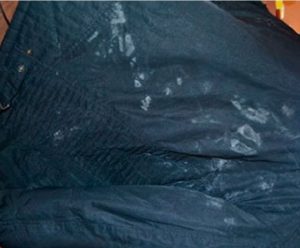 It’s unpleasant when things remain “dirty” after washing. We are talking about white spots or streaks on dark clothes or greenish, yellowish sediment on light fabrics. The problem is not serious, but it causes a lot of trouble and worry. The main thing is to understand who is to blame for what happened, how to correct the situation and how to prevent it from happening again.
It’s unpleasant when things remain “dirty” after washing. We are talking about white spots or streaks on dark clothes or greenish, yellowish sediment on light fabrics. The problem is not serious, but it causes a lot of trouble and worry. The main thing is to understand who is to blame for what happened, how to correct the situation and how to prevent it from happening again.
The product did not dissolve well
More often than not, undissolved powder is to blame for white streaks on black items after washing. Powder granules do not have time to dissolve in water, but settle on the fabric, penetrate the structure of the fibers and remain there. After drying, the particles appear and turn into light spots.
It makes it difficult to dissolve dry mixtures by pouring them directly into the drum. It is better to add the powder to the tray before loading laundry and add a small amount of water for 2-3 minutes. Then the granules will get wet faster and will not remain in the fabric.
Powders do not dissolve well in cold water, which leads to the appearance of white spots and streaks on clothes.
The powder dissolves poorly even at low temperatures. If you select a program with water heating to 40 degrees, then it is better to first dissolve the dry detergent in boiling water, and then pour the soap solution into the cuvette.
Liquid products dissolve faster, so they are recommended for washing delicate fabrics and in programs of 30-40 degrees. Gels are also poured through a tray, since direct contact with the fabric can negatively affect the quality of the linen. Double rinsing will also help avoid streaks.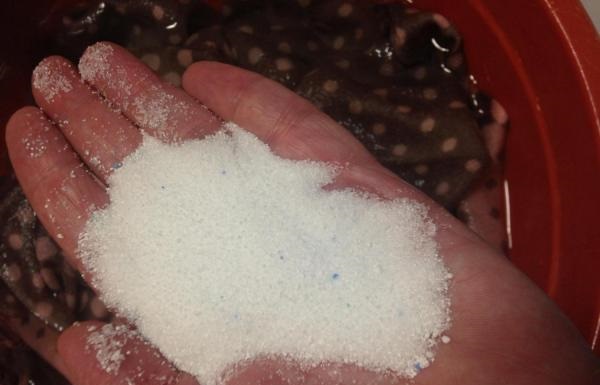
Another reason for the white residue after washing is a dirty dispenser.Often, even liquid detergents do not dissolve completely, turn to stone and fall into the drum in clumps. To avoid this outcome, you need to remove the tray and rinse it with a solution of hot water and white vinegar. If the powder receiver has “stuck”, then pour the mentioned mixture into the compartments and leave for 20-30 minutes. Then we run an “empty” cycle to eliminate unpleasant odor.
Overdone with funds
Exceeding the recommended dose of powder also leads to white-yellow deposits. If there is too much product in the water, it will not be rinsed out and will penetrate deep into the fabric. As a result, foreign residue will remain on things.
When adding detergent to the machine, you must strictly follow the dosage given on the packaging!
Exceeding the norm is especially dangerous when operating high-efficiency washing machines. Such units use less water for washing and rinsing, which makes the process of dissolving the powder more difficult. It is better to underestimate the recommended dosage and regularly clean the dispenser (if it is automatic).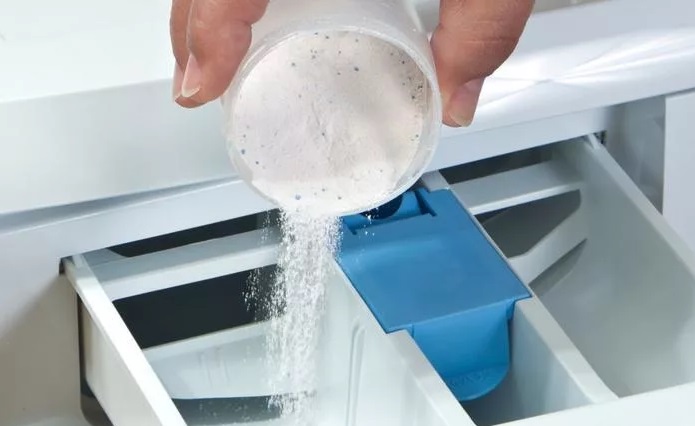
The washing machine is to blame
Sometimes the root of the problem lies in the washing machine itself. This happens if the circulation of water in the washing machine is disrupted and too little water enters the drum. If there is not enough liquid, the detergent does not have time to dissolve and remains on the clothes and contaminates them.
To correct the situation, you need to clean the drain system of the machine, or rather, the garbage filter. In modern machines it is “hidden” behind the technical hatch in the lower right part of the unit body, and in older models it is behind the rear panel. All you have to do is open the door and check the trash can. It often becomes clogged with dirt, hair and other small debris.
Hard tap water reacts with detergent and leaves mineral deposits on the water.
The following points also make it difficult to dissolve the powder and rinse clothes:
- if you wash with a full drum (to save money, a full load is good, but in this situation, things cannot “float” freely and rinse out);

- if the machine has not been cleaned for a long time (dirt, powder residues accumulate in the machine and partially settle on the items being washed);
- when there is no filtration system (hard water contains many impurities that leave a residue on clothes).
Getting rid of powder deposits is easy - just rinse your clothes again in clean water. But it is better to prevent such contamination, choose liquid detergents, monitor their dosage, install filters and clean the machine regularly.
Interesting:
Reader comments
- Share your opinion - leave a comment


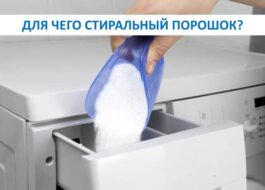
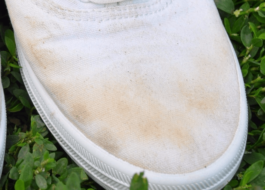
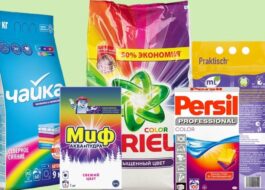
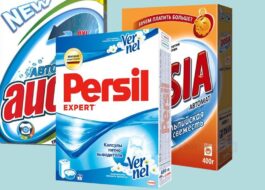
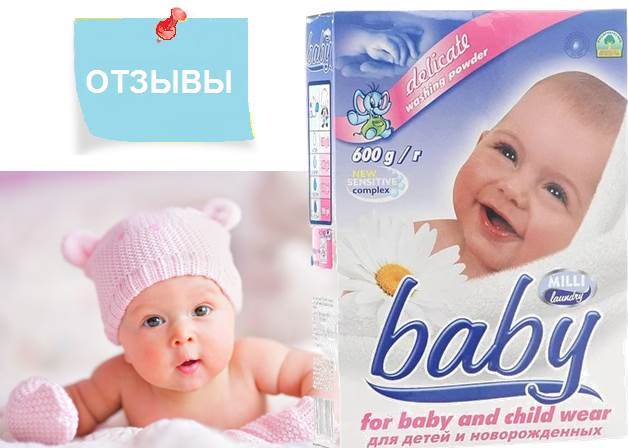














Add a comment